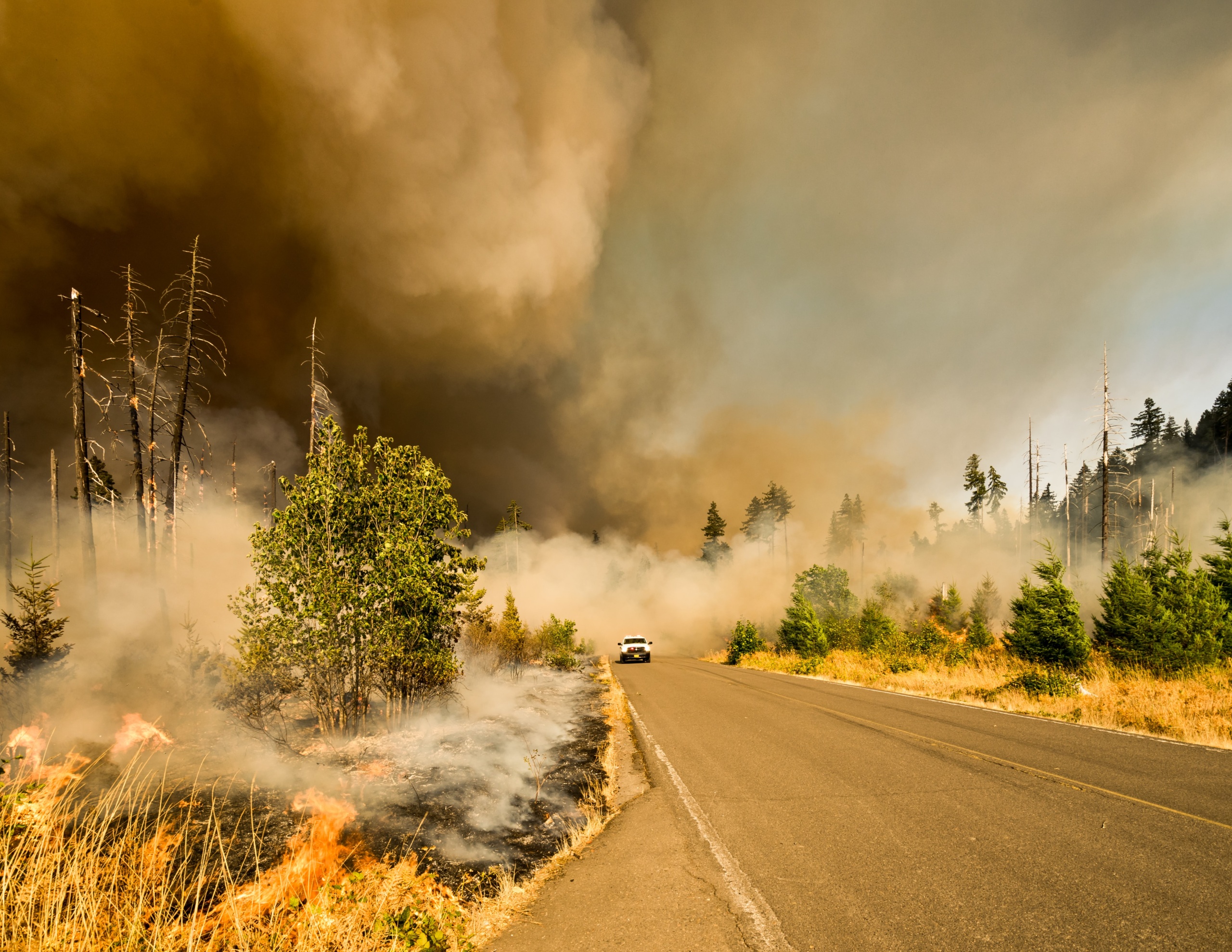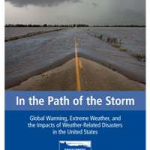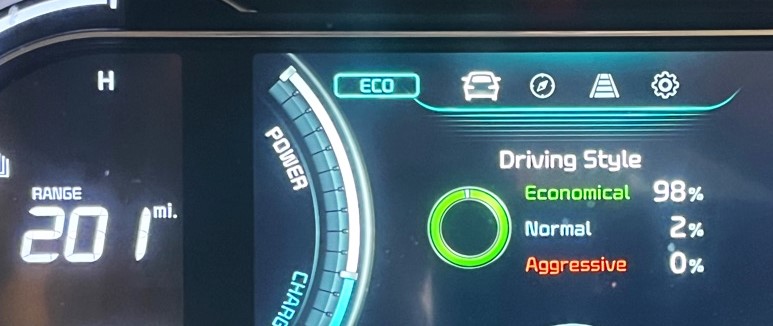
In the Path of the Storm
Global Warming, Extreme Weather, and the Impacts of Weather-Related Disasters in the United States
This Environment Rhode Island Research & Policy Center report finds that every Rhode Island county has been hit by multiple federally declared weather-related disasters since 2006. The report also details the latest science on the projected influence of global warming on heavy rain and snow; heat, drought and wildfires; and hurricanes and coastal storms. Finally, the report explores how the damage from even non-extreme weather events could increase due to other impacts of global warming such as sea level rise.
Downloads
Environment Rhode Island Research & Policy Center

After a year that saw many parts of the country hit by scorching heat, devastating wildfires, severe storms, and record flooding, a new Environment Rhode Island Research & Policy Center report finds that the risks posed by some types of weather-related disasters will likely increase in a warming world. Scientists have already detected increases in extreme precipitation events and heat waves in the United States, and the Intergovernmental Panel on Climate Change recently concluded that global warming will likely lead to further changes in weather extremes.
Since 2006, according to the report, federally declared weather-related disasters in the United States have affected counties housing 242 million people – or roughly four out of five Americans – including multiple times in all five Rhode Island counties.
The complete county-level data can be viewed through an interactive map.
The breadth and severity of weather-related disasters in Rhode Island – coupled with the emerging science on the links between global warming and extreme weather – suggest that we should take strong action to reduce emissions of global warming pollution and take steps to protect communities from global warming-fueled extreme weather events.
States like Rhode Island should reduce global warming pollution now, and begin planning for a future in which many types of extreme weather events are more severe and occur more frequently.
- Rhode Island should adopt clean energy solutions that reduce our dependence on fossil fuels and reduce global warming pollution. Among the most important steps are:
- Adopting enforceable targets, financial incentives, regulatory changes, and investment strategies that increase the use of renewable energy sources such as wind and solar power.
- Implementing appliance standards, building codes, enforceable efficiency targets for utilities, fuel-efficiency standards for vehicles, and other steps to promote energy efficiency.
- Continuing to develop and implement the fuels and technologies of the future – from electric vehicles to energy storage devices to “smart grid” technologies and new renewable sources of energy.
- Rhode Island should adopt and implement limits on global warming pollution capable of reducing emissions by at least 35 percent below 2005 levels by 2020 and by at least 85 percent by 2050.
- Short of economy-wide caps on global warming pollution, Rhode Island should focus on capping and reducing pollution from the largest sources – most notably power plants and the transportation sector. A stronger emissions cap through the Regional Greenhouse Gas Initiative can help achieve this goal.
- Rhode Island officials should take steps to better protect the public from the impact of extreme weather events – steps that save costs compared to suffering the full brunt of these extreme events.
Topics
Find Out More


Carbon dioxide removal: The right thing at the wrong time?

Fact file: Computing is using more energy than ever.


